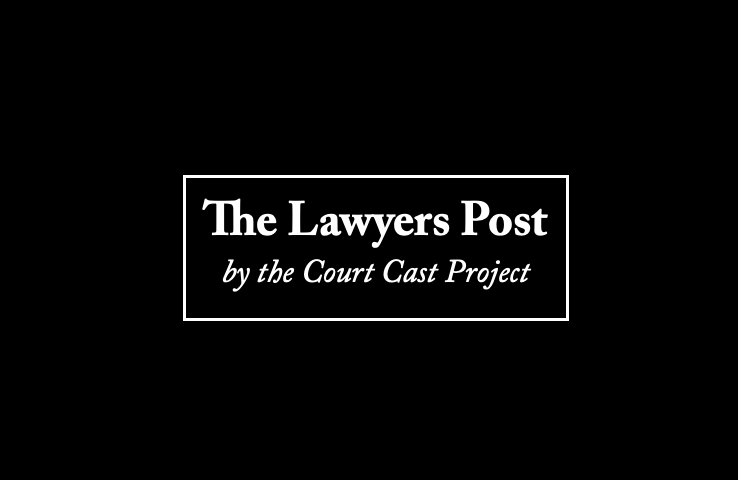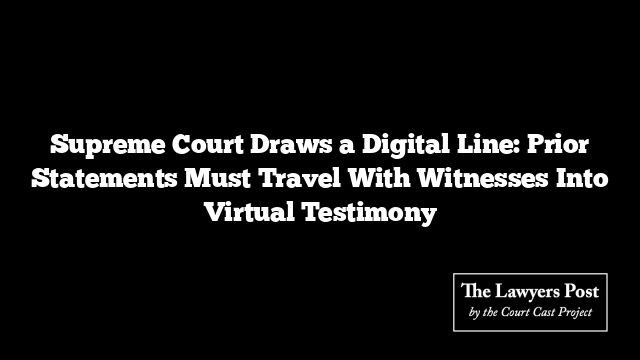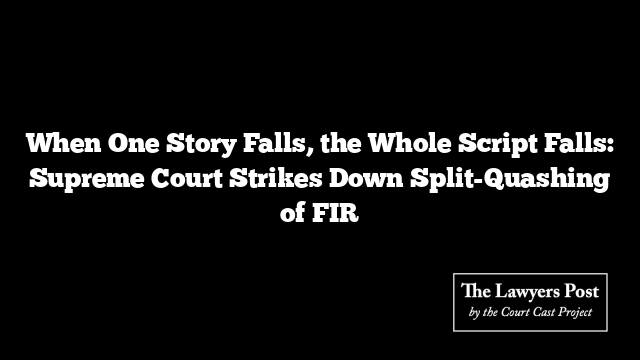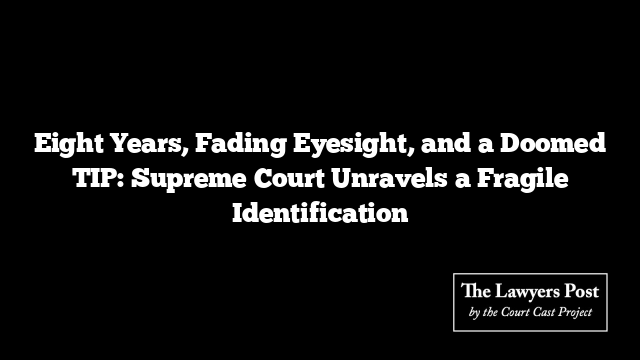In a ruling that tightens the nuts and bolts of virtual justice, the Supreme Court has declared that witnesses appearing through video conferencing cannot step into the digital witness box empty-handed. Their earlier statements, the Court insisted, must travel to them electronically before they speak a word.
The bench, led by Justices Vikram Nath and Sandeep Mehta, flagged a recurring flaw in online proceedings: defence teams were being handicapped because they couldn’t physically confront a witness with their previous recorded statements. Virtual screens, the Court noted, were never meant to become shields.
So the Court laid down a clear rule. Whenever a witness is examined over video link, and the opposing side intends to confront them with a prior written statement, the trial court must ensure that the document is electronically transmitted to the witness in advance. And once that’s done, the statutory procedure for confronting a witness must be followed in full—not in spirit alone, but “in letter and spirit.”
The judges stressed that this directive isn’t a technicality but a guardrail for fairness: effective cross-examination, accurate evaluation of testimony, and the accused’s right to challenge inconsistent statements cannot be casualties of digital convenience.
This ruling emerged in a murder case where the defence struggled to question the only eyewitness—testifying from overseas—because the trial court had no means to show her the document containing her contradictory earlier version. The result, the Court observed, was a trial tilted by circumstance rather than evidence.
By closing this procedural blind spot, the Court sought to bring virtual trials in line with constitutional guarantees, ensuring that technology evolves without eroding the fundamentals of justice.
The judgment also echoed another principle from the same ruling: where a witness has already had a chance to see the accused before the identification process, the Test Identification Parade loses its reliability.





